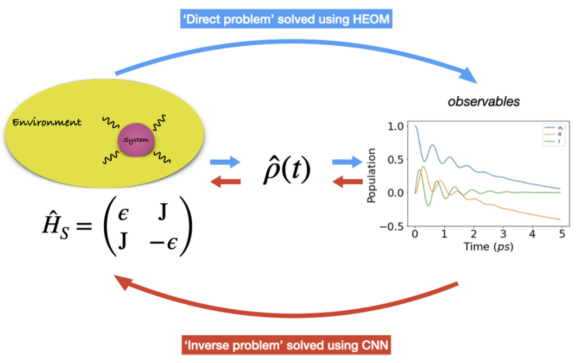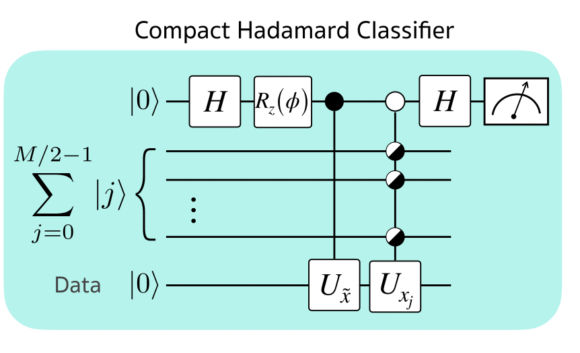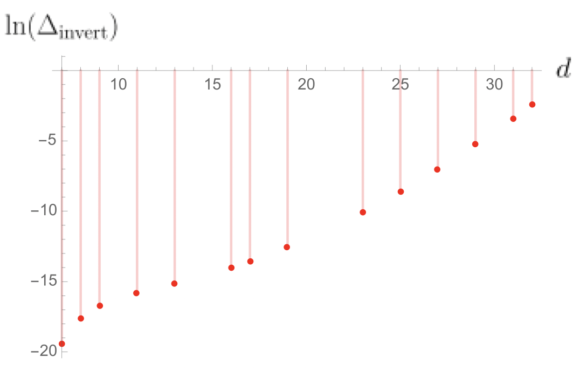We are very happy to welcome Graeme Pleasance as a PostDoc at Stellenbosch University. Graeme joined us on Monday 9 September 2022.
- There are no upcoming events.
Recent Comments
No comments to show.
We are very happy to welcome Graeme Pleasance as a PostDoc at Stellenbosch University. Graeme joined us on Monday 9 September 2022.
The latest paper with Kimara Naicker and Ilya Sinayskiy was just published in Physical Review Research.

Abstract: A wellknown approach to describe the dynamics of an open quantum system is to compute the master equation evolving the reduced density matrix of the system. This approach plays an important role in describing excitation transfer through photosynthetic light harvesting complexes (LHCs). The hierarchical equations of motion (HEOM) was adapted by Ishizaki and Fleming [J. Chem. Phys.130, 234111 (2009)] to simulate open quantum dynamics in the biological regime. We generate a set of time-dependent observables that depict the coherent propagation of electronic excitations through the LHCs by solving the HEOM. The computationally intractable problem here is addressed using classical machine learning (ML). The ML architecture constructed here is of model character and it is used to solve the inverse problem for open quantum systems within the HEOM approach. The objective is to determine whether a trained ML model can perform Hamiltonian tomography by using the time dependence of the observables as inputs. We demonstrate the capability of convolutional neural networks to tackle this research problem. The models developed here can predict Hamiltonian parameters such as excited state energies and inter-site couplings of a system up to 99.28% accuracy.
Reference: Kimara Naicker, Ilya Sinayskiy, and Francesco Petruccione, Machine learning for excitation energy transfer dynamics, Phys. Rev. Research 4, 033175 – Published 6 September 2022
The pdf can be downloaded from here
The 6th edition of the Qunatum Africa Conference series will take place from 12 to 16 September 2022.
To register please click here.
Abstract:
In this study, a hybrid tweet classification system built using Word2Vec and Support Vector Machines is presented. The aim of the study is to use the tweet classification system to solve the natural language processing task of automatically assigning labels to unseen tweets into three label attributes namely, anti-zuma, neutral and pro-zuma. Model building process was made up of 3 different phases, namely human tweet labeling, tweet encoding and SVM-based model training. Human tweet labeling involved the selection of 3100 tweets and allocate them to two human coders for labeling into one of three attributes named above. Tweet encoding involved the using the Word2Vec algorithm to train a word embedding based on all the tweets that constituted our dataset. The resulting high-dimensional word vector representations was then used to encode the labeled tweets before using the vectors for training the SVM-based tweet classifier. As a final step, we trained an SVM-based tweet classification system and used the model to predict classes for all unseen tweets that made the bulky of our dataset. Our hybrid tweet classification model achieves an overall F1-score of 77% which is state-of-the-art considering the diversity and complex nature of language commonly used in tweets. Qualitative analysis demonstrated the ability of the model to correctly classify tweets written in Japanese.
Keywords: Word2Vec, Support Vector Machines, tweet encoding, tweet classification system
My first paper with Stellenbosch University affiliation was published in Quantum Science and Technology.

Abstract: Quantum computing opens exciting opportunities for kernel-based machine learning methods, which have broad applications in data analysis. Recent works show that quantum computers can efficiently construct a model of a classifier by engineering the quantum interference effect to carry out the kernel evaluation in parallel. For practical applications of these quantum machine learning methods, an important issue is to minimize the size of quantum circuits. We present the simplest quantum circuit for constructing a kernel-based binary classifier. This is achieved by generalizing the interference circuit to encode data labels in the relative phases of the quantum state and by introducing compact amplitude encoding, which encodes two training data vectors into one quantum register. When compared to the simplest known quantum binary classifier, the number of qubits is reduced by two and the number of steps is reduced linearly with respect to the number of training data. The two-qubit measurement with post-selection required in the previous method is simplified to single-qubit measurement. Furthermore, the final quantum state has a smaller amount of entanglement than that of the previous method, which advocates the cost-effectiveness of our method. Our design also provides a straightforward way to handle an imbalanced data set, which is often encountered in many machine learning problems.
The latest paper with Vinayak Jagadish and R. Srikanth was just published in Physical Review A.

Abstract:
Prof Francesco Petruccione joined Stellenbosch University on 1 May 2022.
Welcome to quantum.sun.ac.za. The page will display all things “quantum” at Stellenbosch University.